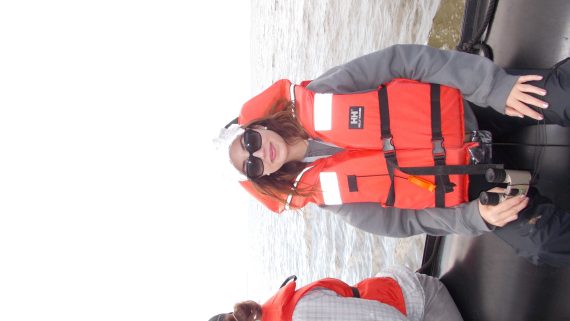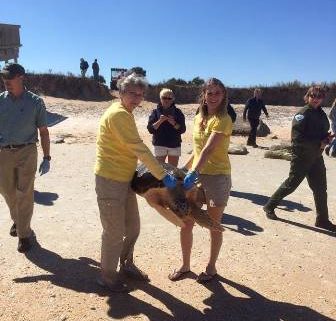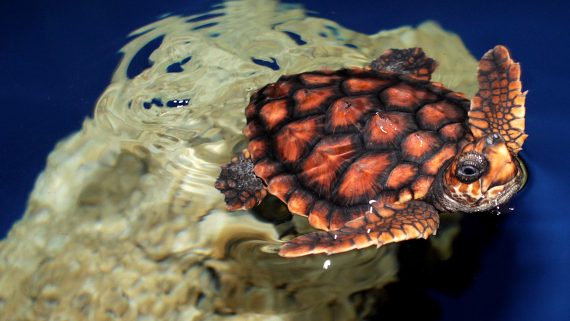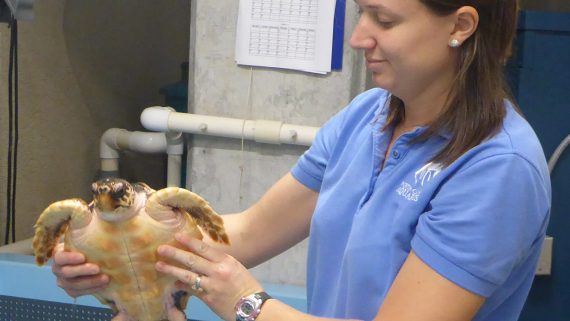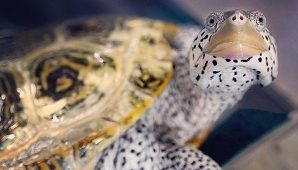Turtle Treks
One of the many questions we are asked often about sea turtles is how do the females know to come back to the same beach area to make their nests? The ocean is so big and sea turtles can spend twenty or so years swimming in it before reaching maturity to nest and lay eggs. So, how do they know where to go?
It is important to know there is still so much about sea turtles we do not know. Scientists are still researching these mysterious reptiles to find out new information about them. One of the reasons why we don’t know a lot about them is because they spend so much of their life out in the open ocean.
Even if we don’t quite know for sure, educated guesses can be made by the limited information collected. For instance, many adult animals use something called “natal homing” to guide them back to their birthplace to reproduce. Scientists believe sea turtles may use geomagnetic imprinting to do this. When they hatch from their eggs, they “imprint” on the specific magnetic field of their nest location in order to return decades later. The earth has a magnetic field that runs from North to South Pole and varies in between at different locations so that each beach a sea turtle could hatch from would have its own unique magnetic field.
Imprinting is believed to be an important form of learning at the earliest stages of development. This is why if you ever get the chance to watch a sea turtle nest hatch you should not pick up a hatchling and place in the water. This can interrupt their important learning process of imprinting. Hopefully we will continue to learn more about these amazing animals with new research and scientific information.
Our hatchlings are continuing to grow! This week Turtle A is 16.1 cm long and weighs 680 grams and Turtle B is 15.2 cm long and weighs 593 grams. Not sure what to do with this weight and length? Learn more in our Hatchling to Yearling lesson plan.


